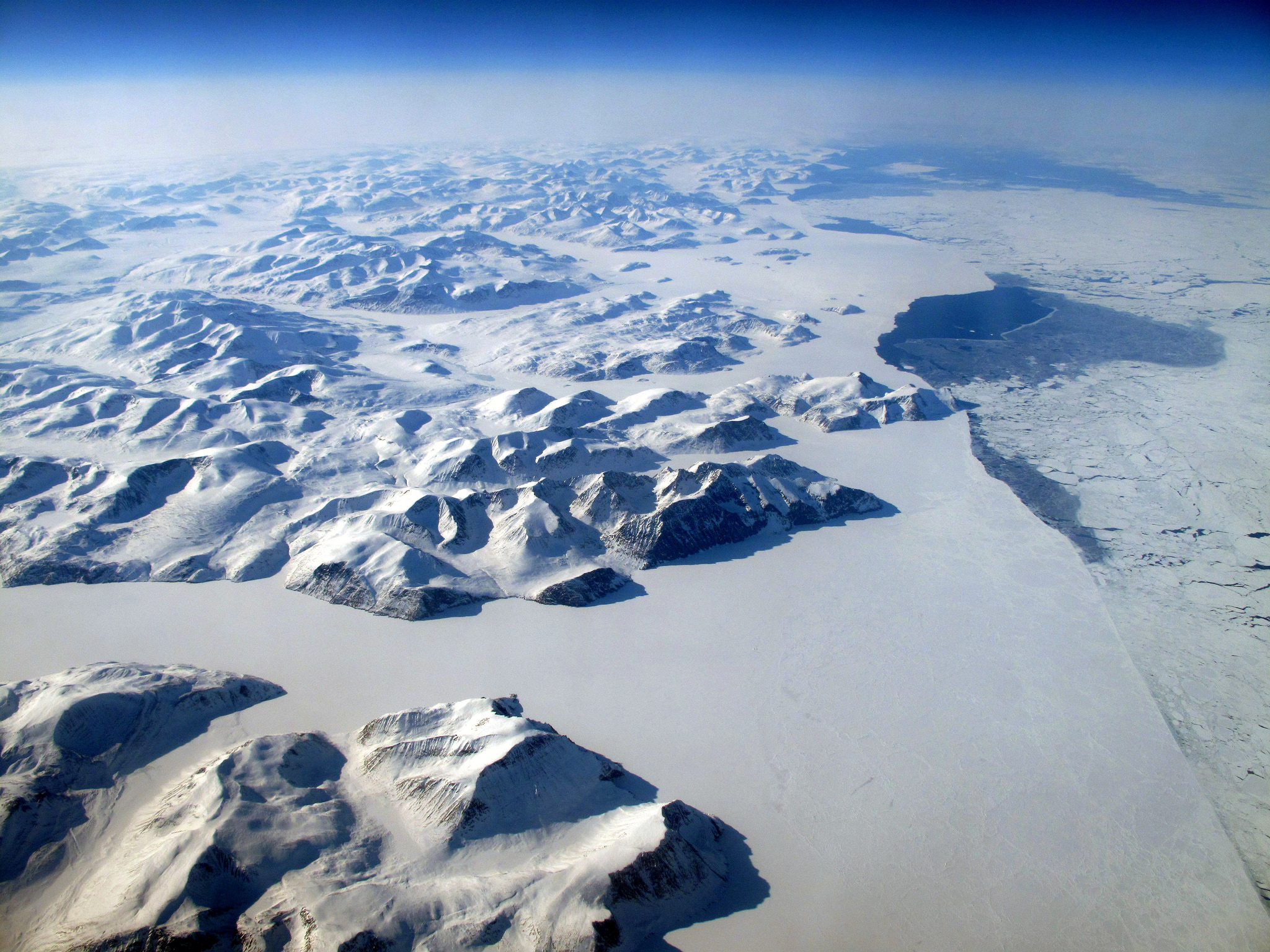
IQALUIT, Nunavut — An Inuit land-claim group is asking the federal government to permanently protect large sections of the Eastern Arctic from any industrial development.
The request is part of a huge effort to map out how and where oil, gas and mining should go ahead on land and water around Baffin Island and how they can co-exist with traditional Inuit life. It comes in the final year of a five-year moratorium on Arctic offshore energy development, which is to be reconsidered in 2020.
“There’s some very highly sensitive areas,” said P.J. Akeeagok, president of the Qikiqtani Inuit Association. “There’s no negotiations on certain points in terms of areas where we feel there’s absolutely no way we see an opportunity for oil and gas.”
A report, delivered to the federal Crown-Indigenous Relations and Northern Affairs department, doesn’t draw lines on a map. But the area in question is in the Baffin Bay-Davis Strait region, where three Norwegian companies attempted to do seismic tests for oil and gas in 2015.
It’s not part of any marine protected area currently under federal consideration.
Communities along the Baffin coast, with the territorial government and environmental groups, opposed the seismic work. The issue eventually went to the Supreme Court, which ruled local people hadn’t been adequately consulted, and the tests never went ahead.
The Inuit are also asking Ottawa for seasonal bans on marine transport when important animals such as narwhal, walrus and seals are calving.
“Inuit, being coastal people, we heavily rely on wildlife,” said Akeeagok.
The association’s report comes after extensive consultations in seven communities on Baffin and Ellesmere islands. They were held as part of a strategic environmental assessment led by the Nunavut Impact Review Board. The board is considering economic, environmental and social factors to create a blueprint for how development should proceed.
The Eastern Arctic is thought to hold large deposits of oil and gas. There are 20 significant discovery licences for the Arctic islands and one off the southern tip of Baffin Island.
There isn’t enough known about the impacts of such development to allow any of it, said Akeeagok.
“It was very evident there has to be a lot more research.”
The association has a list of demands before any moratorium is lifted.
It wants the federal government to create a dedicated research institute for Arctic oil and gas as well as a permanent advisory body to ensure traditional knowledge is taken into account in decision-making.
It also wants governments to look at alternative ways, such as fisheries and tourism, to develop the area’s economy. Benefits and job opportunities must be part of any new projects, said Akeeagok.
A spokesman for Crown-Indigenous Relations and Northern Affairs Canada said in an email that the federal government will consider the recommendations, which will form part of the final report from the review board.
Inuit communities still rely heavily on hunting to keep food on their tables, and studies suggest that 70 per cent of Nunavut Inuit remain food insecure.
The report cites the experience of Inuit hunters who say that development and shipping traffic would displace important food animals and upset the food web.
His people have a lot at stake, Akeeagok said.
“Inuit are very integrated to the wildlife around us and the environment around us.”